Photography may be one of the fastest evolving artistic mediums ever invented. Still less than 200 years old, we’ve come a long way from the daguerreotypes of old. That being said, it would be naive to suppose that we’ve already reached the pinnacle of photography. More likely than not, we’ll reach a point where the art hardly resembles today’s practices.
But just what should we expect, realistically? COOPH has ten suggestions that could come to pass within the next few years:
1. Stronger Sensors
Since the inception of digital photography, sensors have grown exponentially. Resolution has steadily increased, and byproducts like digital noise have become less problematic. So, logically, the trend should continue as time passes. Recently, Microsoft began devoting resources to creating curved image sensors, which may hold the key to higher quality photographs in the future.
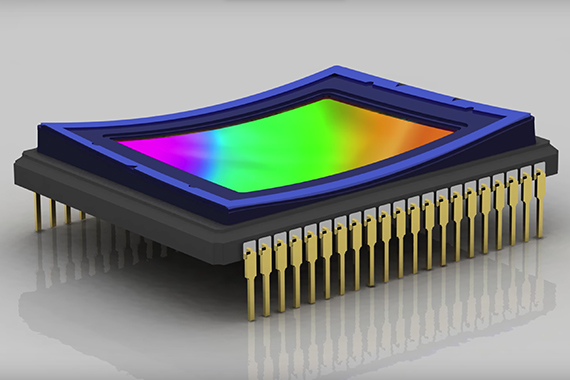
2. More Compact Cameras
This prognostication will likely not come as a surprise to many. After all, mirrorless cameras have already managed to harness the power of bulkier DSLRs over the course of just a few years. Even smartphone cameras are infinitely more powerful than they were a decade ago. Imaging scientists are experimenting and continuing to make strides toward creating cameras that divert from traditional optics.
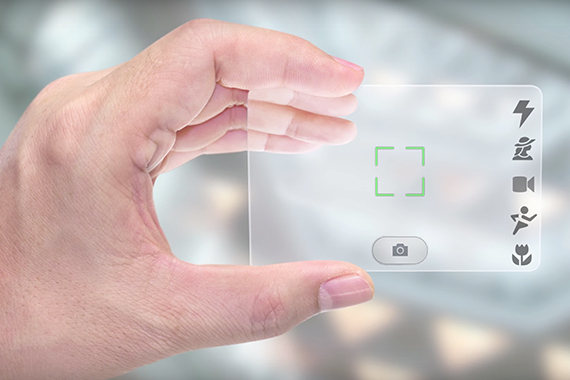
As a matter of fact, one CalTech researcher is in the process of designing a flat, flexible camera entirely devoid of moving parts, mirrors, or lenses.
3. Increase in Photojournalism
As cameras improve, they’re also becoming increasingly accessible and affordable. More people than ever before have a camera on hand, and, naturally, most of those people are using their cameras to document their surroundings.
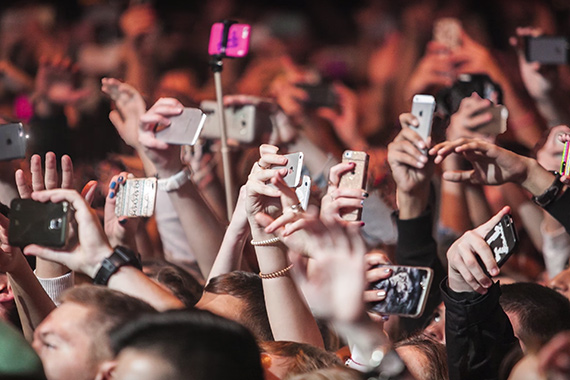
This will likely lead people to further pursue photojournalism. Consequently, storytelling will improve and photography may play a larger role as a vessel for political change.
4. More Integrated Technology
With each passing day, innovative ways are being developed to further incorporate developing technologies into our day to day lives. Photography is no exception, and plenty of researchers are doing what they can to bridge the gap between human and camera. For instance, Samsung has already patented a contact lens camera intended to fit directly over the human eye.
5. Smarter Cameras
Our cameras are already pretty intelligent; understanding manual controls is becoming less and less of a necessity as technology is already able to adjust camera settings independent of our interference. In the future, cameras may make strides toward biometric technology. That is, via sensory input, cameras may be able to interpret commands and be controlled remotely. For instance, two blinks in a row might snap an exposure, while a slight squint might cause a lens to zoom into a scene.
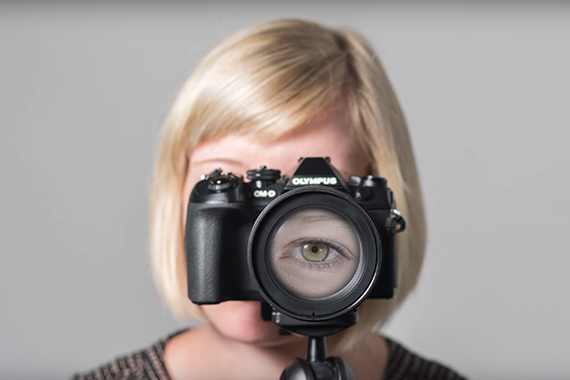
6. More Versatile lenses
Companies across the world are doing their best to reinvent the camera lens. Almost certainly, we can expect interchangeable digital models to increase in portability by decreasing in weight. However, that’s far from the only change that can be made to the glass we know and love.
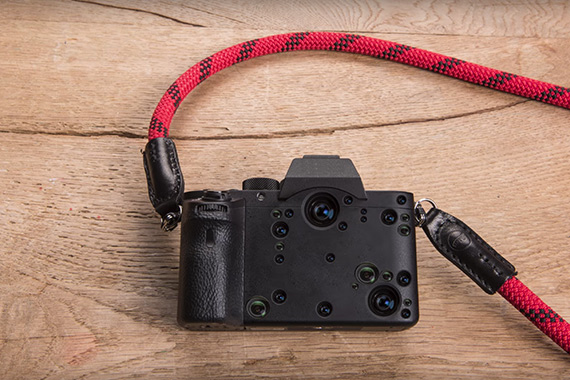
Olympus recently patented a reversible two-in-one lens, which could potentially expand photographers’ creative versatility when limited to just a few pieces of gear. We may also one day see cameras with multiple built-in lenses to accommodate a variety of different shooting scenarios.
7. Alternative Energy Solutions
We can also expect to see some major changes in our cameras’ power consumption in the coming years. Already, most companies prioritize making powerful batteries with long lives. In the future, it may become more efficient to utilize cameras powered with solar panels (or an entirely new form of energy altogether).
8. Different Formats
First, photographers utilized glass plates and tin types to record imagery. Then, they transitioned into film. Today, the majority of photographers work digitally. But the question is, what comes after digital photography?
As it turns out, the 3D hologram projections featured in science fiction films may not be all that far off from reality; Nobel Peace Prize recipients have developed the technology.
9. Smarter Software
As cameras grow more advanced, so too will the software we use. Google has already developed programs capable of analyzing and identifying visual elements within photographs with reasonable accuracy. Very soon, software might choose, edit, and share our best shots—entirely removing the human element from the post-processing equation.

10. A Blast to the Past
Inevitably, “vintage” photography methods will come back into fashion. Just a few decades into the digital era, the resurgence of Polaroid in recent years proves just how powerful nostalgia can be as a marketing tool.
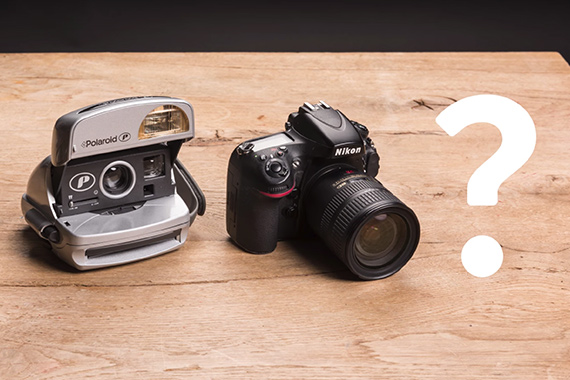
Though it may seem far fetched now, we may very well look back on our DSLRs fondly one day as they become antiquated relics of the past!
Go to full article: The Future of Photography: 10 Predictions
What are your thoughts on this article? Join the discussion on Facebook
PictureCorrect subscribers can also learn more today with our #1 bestseller: The Photography Tutorial eBook
The post The Future of Photography: 10 Predictions appeared first on PictureCorrect.
from PictureCorrect http://ift.tt/2G0wAwt
via IFTTT






0 kommenttia:
Lähetä kommentti